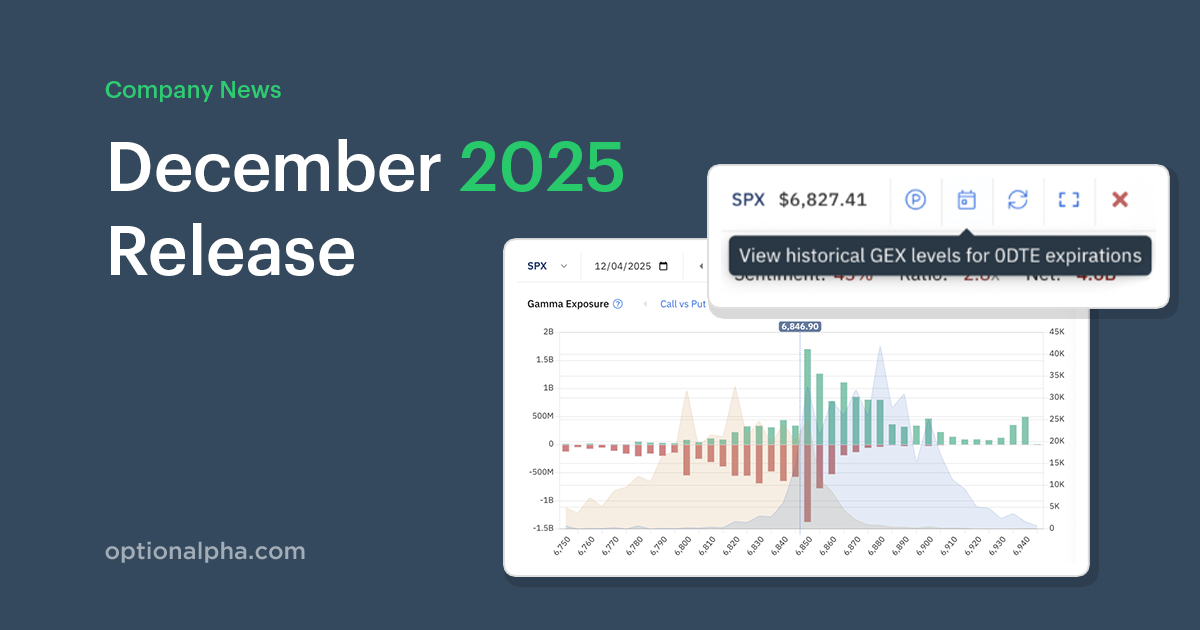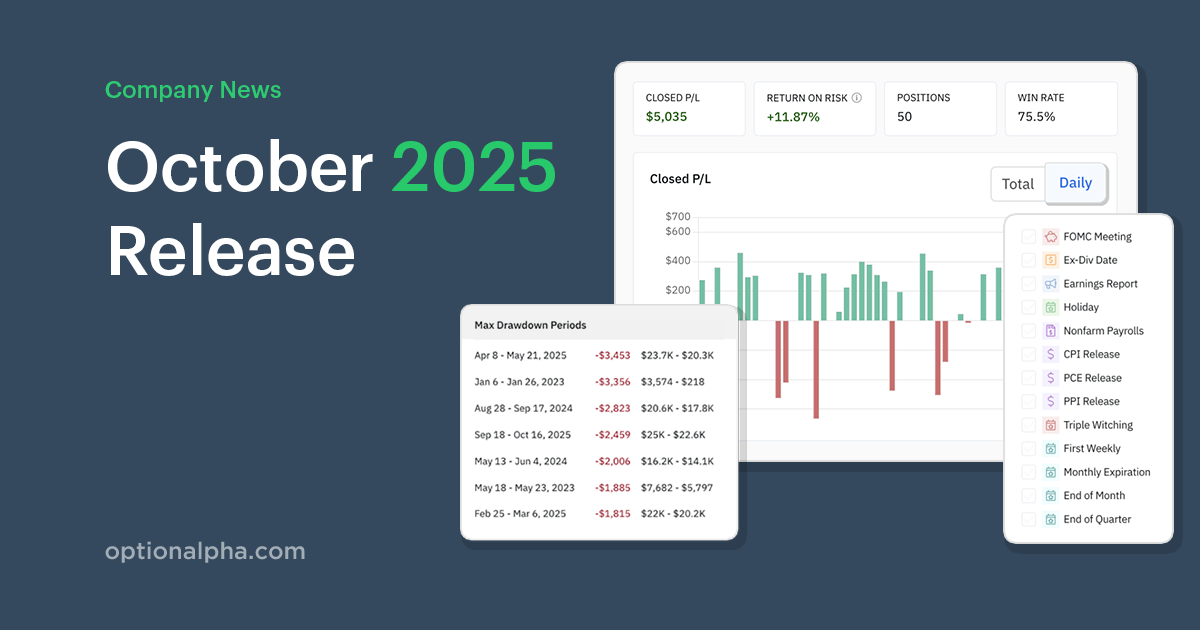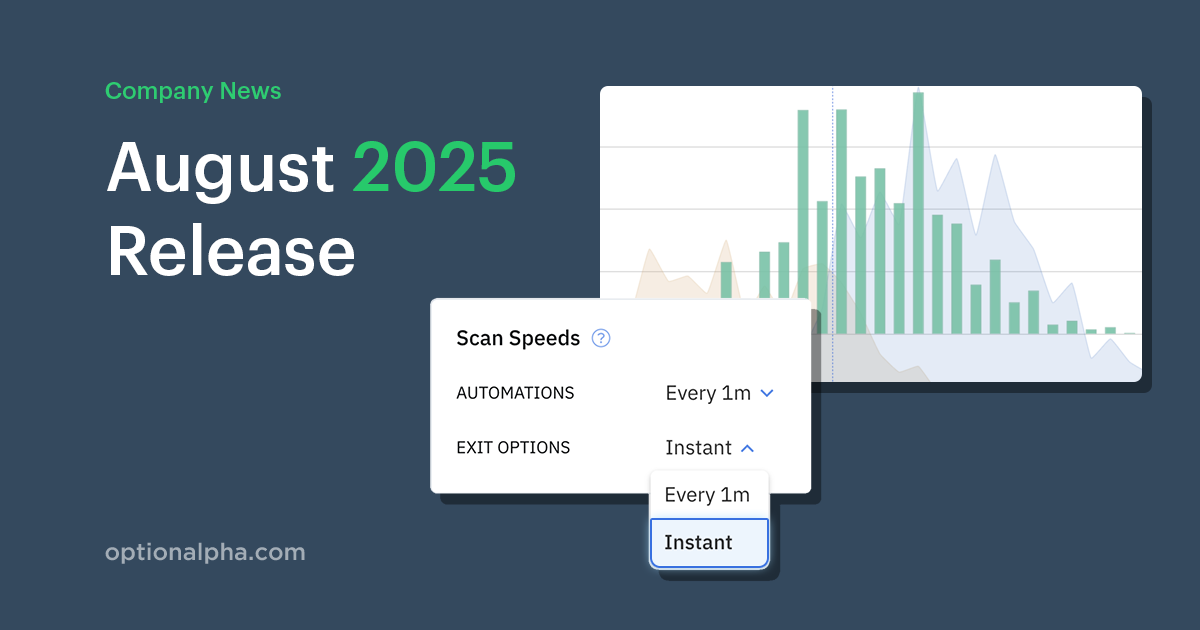The Federal Funds Rate is the interest rate at which banks lend excess reserves to each other overnight. The Federal Reserve sets this rate through the FOMC (Federal Open Market Committee).
This rate is relevant for more than large banks because it influences nearly all interest rates in the U.S. economy. Car loans, credit card interest, mortgage rates, and coupons on fixed-income securities are all anchored to the Fed Funds Rate.
The Fed Funds Rate also has a direct impact on the stock market. A lower rate creates cheaper access to capital, enabling more leveraged investments. Inversely, higher interest rates lead to lower consumption that drags down stock prices.
The Fed lowers the Federal Funds Rate to stimulate growth and raises the rate to cool down the economy and ward off inflation (also known as "tightening").
The Fed Funds Rate is an essential barometer of economic conditions, and investors pay careful attention to the FOMC’s decision regarding the Fed Funds Rate.
Market Sentiment About the Current Rate Environment
Media mentions about the Federal Reserve raising interest rates and the disaster that could spell for this post-pandemic market have been pervasive. Many are forecasting a market “taper tantrum,” a reaction of intense negative sentiment caused by rising interest rates and reduced asset purchases for the Fed's balance sheet.

In early 2020, the Fed dropped interest rates to near-zero to combat the negative economic effects of COVID-19 and lockdowns. A similar situation occurred following the Financial Crisis, and the Fed had just begun raising interest rates back to pre-crisis levels when they were forced to lower again in 2020.
Those near-zero rates have continued, but comments by FOMC members and Fed Chair Jerome Powell have investors anticipating multiple rate hikes.
With the reality of rising rates looming, investors need a robust understanding of similar historical scenarios to maintain an edge.
Last Four Fed Tightening Cycles
We studied the past four Fed tightening events to quantify the subsequent market return and volatility. The images below show the S&P 500 during these tightening events, along with the Fed Funds Rate and VIX price.
While all market periods are unique, comparing the return and volatility following these four tightening cycles can give investors confidence going forward.
February 1994 - February 1995

The Fed’s decision to raise rates in 1994 came as a surprise to many. The economy was returning to normal after the difficult late 1980s. Alan Greenspan, the Fed chairman, feared impending inflation and raised the federal funds rate by 25 basis points (0.25%) in early February 1994.
In the 12 months following that initial rate hike, the S&P 500 returned -0.40%. However, following an incredible 1995 rally, the two-year return finished at +35%.
Volatility increased following the rate hike, with the standard deviation of daily returns over the next 12 months rising to 0.62%, compared to 0.43% over the preceding 12 months. The VIX increased during the first year and normalized in the following year.
July 1999 - May 2000

The Fed once again raised the Federal Funds Rate by 25 basis points in July of 1999. The prevailing narrative was that rate increases were necessary to cool down the booming economy and prevent runaway inflation.
Notably, this rate hike came without data showing inflationary pressure; it was preventative, not reactionary.
Following the initial FOMC decision, the market returned 6% over the next 12 months, with a 1.32% standard deviation of daily returns (more than double the other three periods studied).
The VIX was already elevated compared to the 1994 rate hike and continued higher to a peak of 65% above the July 1999 level.
June 2004 - July 2006

On June 30, 2004, the Fed (still headed by Alan Greenspan) raised the Fed Funds Rate to 1.25%, signaling confidence in the economy following the recession after the Dot-Com Crash in 2000. This initial rate hike was followed by more hikes until July of 2006.
The S&P 500 returned 4% over the next 12 months and 11% in two years following the Fed’s decision.
Those two years had a few VIX spikes, the largest of which was 66% over the June 2004 VIX value. Aside from occasional spikes, the VIX remained flat over the two years following the rate hike.
December 2016 - October 2018

This final example came on the heels of eight years with only one rate increase. Following the Financial Crisis, the Fed slashed interest rates and chose to keep them subdued for multiple years to promote growth and support the recovering economy.
Following this action, the S&P 500 returned 18% over one year and 15% over two years, with an overall decrease in daily volatility. This period has the highest single-point VIX increase of our four studies, with the VIX spiking 183% over its December 2016 value.
Key Takeaways

The last four Fed tightening cycles lasted 17 months on average, from the first rate hike to the final rate increase, with an average rate increase of 2.69%.
Not surprisingly, in three of four tightening scenarios, volatility was higher in the 12 months following the rate-hike than the 12 months preceding the event.
So, expect increased volatility in the months following tightening as Fed actions tend to happen during times of market stress.
While the VIX will not necessarily stay elevated, traders could expect more frequent spikes in volatility during rising-rate environments.
But, increased volatility doesn’t necessarily mean a market decline.
Despite the increased volatility, the S&P 500 had a positive 12-month and 24-month return following the first rate-hike during three of the last four tightening cycles.




.png)









